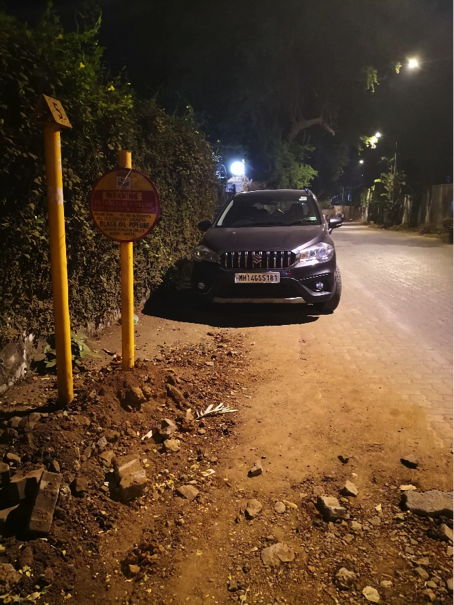By Ivy He
Bachelor of Engineering / Bachelor of Science
Disaster relief has been my area of interest for a few years now. To me, it’s the perfect intersection of my two degrees – building for resilience or restoring communities after natural disasters.
In India, natural disasters aren’t a topic taught in schools. Back home in Australia, we are well educated on the extreme weather events which affect us, from bushfires to floods. Floods in India are becoming more and more frequent, mainly during the monsoon season, where in the recent 2019 event, more than 200 were killed and approximately a million people were displaced. But how can a developing nation with an ever-growing economy still suffer from critical yet frequently occurring crises like these? These events cost the country a great deal, in terms of rebuilding and resource allocation post-occurrence. Is education the key to the mitigation for these ground-breaking issues?
As the effects of climate change worsen, the consequential natural disasters become more frequent, unpredictable and extreme. It is imperative that developing nations such as India learn to adapt and prepare for the events, to minimise losses in economic, environmental and political spheres. One of the key catalysts than can expedite India’s rise to a global power is bridging the gap between the rural poor and the urban communities. Appropriate and inclusive spending on education and other preventative measures for natural disasters is an important component of this challenge.

In what we’ve seen in Mumbai alone, construction workers lack proper personal protective equipment. There is no sign of helmets, or high visibility clothing. The line between where the edge of the road meets dirt is blurred. Pipelines are decorated along highways as though they are the barrier. As seen in the picture, a petroleum pipeline casually runs parallel to the road. Without any protection, these are disasters waiting to happen. As a civil engineer, these sights send shivers down my spine.
In the Haiti’s 2010 magnitude 7.7 earthquake, 230000 people died. However this number on the Richter scale is minimal in comparison to the magnitude 8.2 earthquakes that shook Mexico in 2017, and Fiji in 2018. A mere 98 people died in the Mexico event, and reportedly none in Fiji. These numbers are a reflection of several factors, one of the most important being the building codes in place in different countries. In the case of both India and Haiti, buildings are not structurally sound because there aren’t sufficient practices or other preventative measures in place. These are parallel cities which are both very densely populated, thus a lack of proper building codes equate to catastrophes waiting to happen. Subsequently, these buildings collapse, and the cost associated in reconstruction is not cheap, yet the occurrence of these events is cyclical. India needs to improve its resilience to natural disasters.
Ultimately, there are many avenues that India can take towards this goal. These include learning from nearby countries which endure similar climatic patterns, improving building standards or even just introducing extreme weather events as a topic in schools. As anthropogenic climate change worsens, there’s nothing ‘natural’ about these natural disasters and we must do what we can to maintain and strengthen the Indian state.

